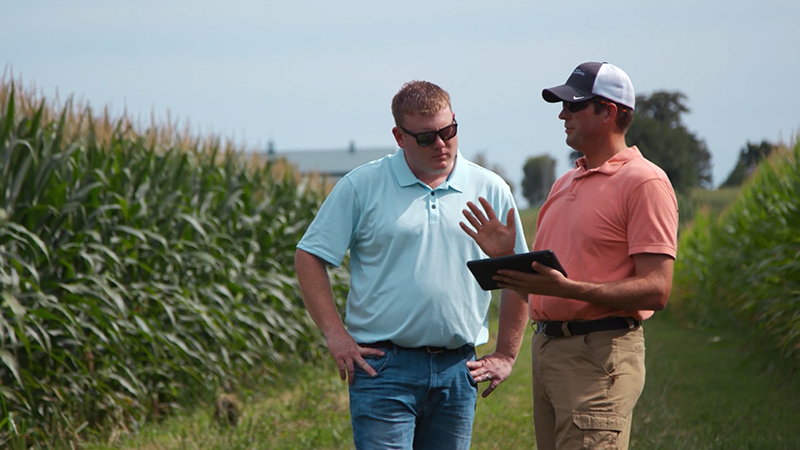Slug Feeding Injury Rampant For Growers
Growers should take extra precaution to scout their fields this spring for slugs as the near-record warm winter has caused these plant feeders to have attacked earlier than normal and reach a size that causes noticeable feeding injury much sooner than normal, an Ohio State University Extension entomologist said.
In fact, growers throughout the Corn Belt have reported finding slugs in their fields causing such significant feeding injury that it requires treatment with baits.
“These reports are two to four weeks early compared with most years and is a result of the warmer winter and March,” said Ron Hammond, who also has an appointment with the Ohio Agricultural Research and Development Center. “The warmer weather and soil temperatures have caused slugs to hatch earlier and are resulting in slugs beginning their heavier feeding earlier.”
Winter 2012 was the warmest winter experienced nationwide since 2000 and the fourth-warmest winter on record, according to the National Oceanic and Atmospheric Administration. This was caused because the jet stream, which divides the cold air to the north from the warm air to the south, settled at a much higher latitude this year, the federal agency said.
This means that if planting times are normal, slugs will be a bigger and larger threat than normal, Hammond said.
“For growers who have experienced slug issues in the past, it is critical that fields be scouted now,” he said.
Hammond said that while the impact is significant for both corn and soybean growers, there are some differences in what farmers should be looking for and planning.
“With corn’s growing point being below the soil for a few weeks, most of the feeding above ground will be to growing leaves that will be replaced, and not on the growing tip that would kill the plant,” he said. “Because of continued growth of corn that will probably occur, there is some leeway in terms of the time required to make the treatment if needed.”
But, Hammond cautioned, growers should keep in mind that corn is still relatively much smaller than when feeding would normally occur and so presents a much more serious situation.
For soybean growers, the growing point of soybeans is between the cotyledons as they emerge from the soil, he said.
“Thus, the slug is easily able to reach and feed on both the cotyledons along with that growing point, making it much easier for slugs to kill the soybean plant as it emerges from the soil,” Hammond said. “This fact makes immediate treatment of soybeans perhaps more critical if no leaves have yet emerged and expanded.”
Growers should look for telltale signs of leaf feeding if their plants have emerged and have leaves, he said.
“But for soybeans not yet or just now emerging, or yet to be planted, care should be taken to determine if slugs are present and lying in wait,” Hammond said. “This latter situation could require a bait application just prior to emergence.
“Use your own past experiences with soybean stand reductions caused by slugs to determine whether an early treatment should be made this year.”
Growers can use one of two available baits that contain metaldehyde (Deadline MPs and others), and those with iron phosphate (Sluggo), he said.
More information can be found on OSU Extension’s slug fact sheet here.
“If they’ve had problems before and those soybeans are starting to emerge and slugs are there, they need to treat immediately,” Hammond said.






